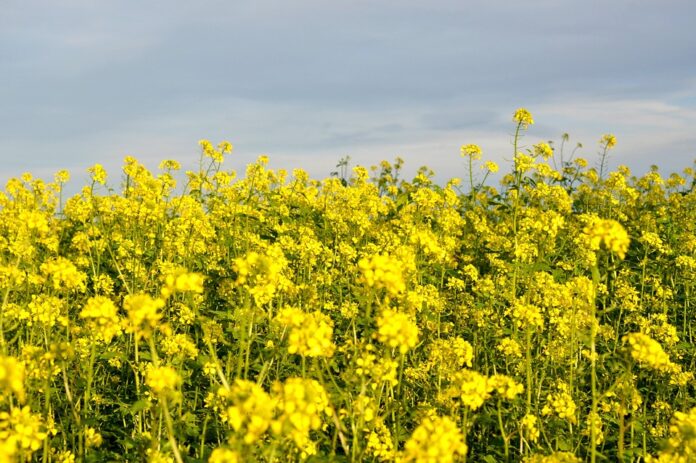Introduction
Mustard seed production plays a crucial role in the food industry, particularly in the manufacturing of mustard condiments. However, the impacts of climate change are posing significant challenges to mustard seed production worldwide. In this report, we will explore how climate change is affecting mustard seed production for manufacturers, including the financial implications and industry insights.
Climate Change and Mustard Seed Production
Effects of Climate Change on Mustard Seed Production
Climate change has been linked to various disruptions in agricultural production, including the cultivation of mustard seeds. Rising temperatures, changing precipitation patterns, and extreme weather events are all contributing factors that can negatively impact mustard seed yield and quality.
Higher temperatures can lead to heat stress in mustard plants, affecting their growth and development. Additionally, erratic rainfall patterns can result in water scarcity or excess moisture, both of which are detrimental to mustard seed production. Extreme weather events such as droughts, floods, and storms can also damage crops and reduce yields.
Regional Impacts on Mustard Seed Production
Different regions around the world are experiencing varying impacts of climate change on mustard seed production. For example, in India, one of the largest producers of mustard seeds, changing monsoon patterns have affected crop yields. In Canada, another significant mustard seed producer, warming temperatures have led to shifts in planting seasons and pest infestations.
Financial Implications for Mustard Manufacturers
Increased Costs of Production
The impacts of climate change on mustard seed production are leading to increased costs for manufacturers. Lower yields and poor crop quality can result in higher prices for raw materials, impacting the overall profitability of mustard manufacturing companies. Additionally, the need for more resources to mitigate the effects of climate change, such as irrigation systems or pest control measures, can further strain financial resources.
Supply Chain Disruptions
Climate-related disruptions in mustard seed production can also lead to supply chain challenges for manufacturers. Fluctuations in crop yields and quality can affect the availability of raw materials, leading to potential delays in production and distribution. Mustard manufacturers may need to invest in alternative sourcing strategies or develop contingency plans to mitigate these risks.
Industry Insights
Adaptation Strategies for Mustard Manufacturers
In response to the challenges posed by climate change, mustard manufacturers are implementing various adaptation strategies to safeguard their production processes. This may include investing in sustainable agricultural practices, such as water-efficient irrigation systems or crop diversification. Collaborating with farmers to promote climate-resilient farming techniques can also help ensure a stable supply of quality mustard seeds.
Consumer Awareness and Demand for Sustainable Products
As awareness of climate change grows among consumers, there is a rising demand for sustainable and environmentally-friendly products, including mustard condiments. Mustard manufacturers can leverage this trend by highlighting their efforts to support sustainable agriculture and mitigate the impacts of climate change. By promoting their commitment to responsible sourcing and production practices, manufacturers can attract environmentally-conscious consumers and enhance their brand reputation.
Conclusion
In conclusion, climate change is posing significant challenges to mustard seed production for manufacturers. The effects of climate change on crop yields, quality, and supply chain operations are impacting the financial performance of mustard manufacturing companies. By adopting adaptation strategies and promoting sustainable practices, manufacturers can navigate these challenges and position themselves as leaders in the evolving food industry landscape.



